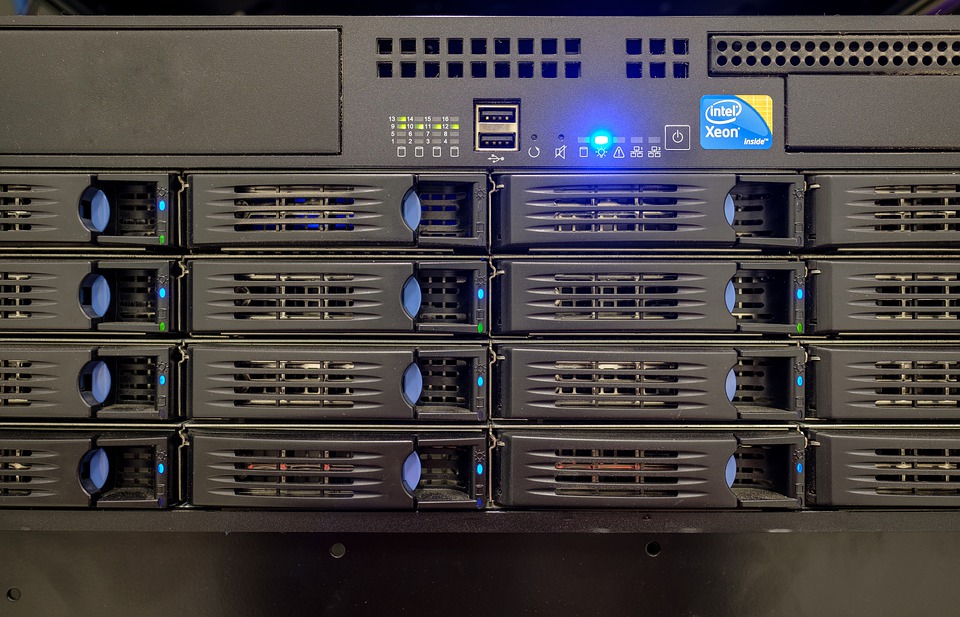Setting up a business network means calculating what you need and why, so you can distribute hardware to meet those needs. While these calculations are relatively complex, chances are, you can get a ballpark idea of what you need before you go to an installer, so you’ll have a better idea of what to ask for and why.
Importantly, you have to know which devices will be on your system, when, and why. While you don’t need exact figures, you should have a rough idea of what your maximum bandwidth needs will be at any given time.
Understanding “Peak” Usage
Peak usage is maximum usage, such as during the busiest period of the day, when the most devices are used concurrently. Your network must meet or exceed peak needs.
In some cases, peak needs won’t be based on data use throughout the day but rather on data use at a specific time of the month (such as end-of-month accounting or when large files are sent in from outsourcing).
You have to be able to meet maximum load, or your network won’t function.
Calculating Devices
Most devices can be organized based on general speed and bandwidth requirements.
Light – Devices categorized as needing 100 Kbps or less and typically comprise devices such as VoIP phones, low volume printers, and simple streaming and emailing devices.
Medium – Medium devices utilize between 100-500 kbps, typically including printers, most laptops, most client hosts, most general computers, etc. This is your standard device.
Heavy – Heavy use devices typically include enterprise-level software and servers such as cloud and application hosts, servers, video conferencing, point of sale, etc. Video conferencing platforms can well-exceed 2 Mbps but most devices will range between 500 Kbps and 2 Mbps.
You can also choose to look at individual devices on your network and their actual usage. For example, most printers need 1-2 kb per print job, which remains the same whether it’s client-to-server or server-to-server.
Here, you can simply tally the total number of devices of each type on your network. For example, if you have 120 VoIP phones you could calculate they will need 100 Kbps each at peak use, or a total of about 12 Mbps if all of them are at peak use at the same time across your network (this is unlikely, but possible).
You should calculate multiple expected bandwidth usage points:
- Low – What does low usage look like?
- Medium – What does average (normal) usage look like?
- High – High usage but not maximum
- Peak – This should be intensive use
- Maximum – How much can your system (or should it) handle at maximum?
Here, it’s also important to consider room for growth and if your network will shortly need to handle more data transfer than it currently does.
Network Throughput
Network throughput calculates the volume of data you can successfully move in a given time period, measured in bps, Mbps, or Gbps. Your desired network throughput will affect your network in that you have to consider latency, network capabilities, and machines.
Network throughput = TCP Window ÷ Latency
Transmission Control Protocol – A standard host running a Windows OS uses a 64KB transmission control protocol window. This may vary depending on device. To convert this window size to bits, simply multiply by 8.
TCP Window = 64KB x 8 = 524,288 bits
Network latency measures the responsiveness of your network. In plain terms, it’s the length of time it takes data to reach its destination, usually measured as a round trip of “there and back again”. (most businesses have 60 ms-10ms of latency)
TCP Window ÷ Latency
524,288 ÷ .020 = 262,144,00 bits
Convert Network Throughput to Mbps by dividing the result by 1,000,000:
524,288 b ÷ .020 = 262,144,00 ÷ 1,000,000 = 26.21 Mbps
26.21 Mbps is your network throughput, or the maximum amount of data that particular device and another on the network. Of course, this calculation will vary depending on whether you’re utilizing TCP or IP and what device you’re using, but this is the standard calculation.
There are also bandwidth calculators you can use to automate some of these calculations.
Subnetting
Subnetting is the process of breaking networks down into smaller networks to reduce the load on primary servers. This means that most data transfer is handled between a smaller group of hosts that have more reason to talk to each other more often. These hosts can then be directly connected to reduce demand on the rest of the network, while freeing up more bandwidth for those hosts, without adding to total network capacity.
Here, you typically create different classes of network, divide them with nodes, and then connect those hosts to their own server, data storage, and possibly printers and print servers (although this latter is unlikely). Subnet servers are then linked to a larger server, which may be a subnet of its own, and eventually branched into the main server.
This structure eventually creates something of an inverted tree, with “branches” extending out from the main server and splitting and splitting again. Depending on the size of your organization, you could have anywhere from a few to several dozen branches.
However, these branches mean something important for your organization, only the channels at the top of the tree have to handle full network load. This greatly reduces the total cost of network implementation and ownership, because it’s significantly easier to install subnets each capable of handling a lower amount of data. The top of your network must be able to handle (and hopefully exceed) peak demand from all subnets.
If you have a good idea of how many devices you will have on a network, what those devices will likely be doing, and what their average data usage should be, you can relatively easily calculate a ballpark estimate for network needs. This will help you and your network installer to better create network topology and better supply hardware in the form of switches, subnets, servers, and access points.






